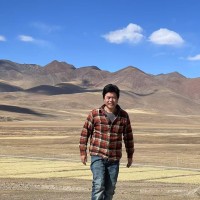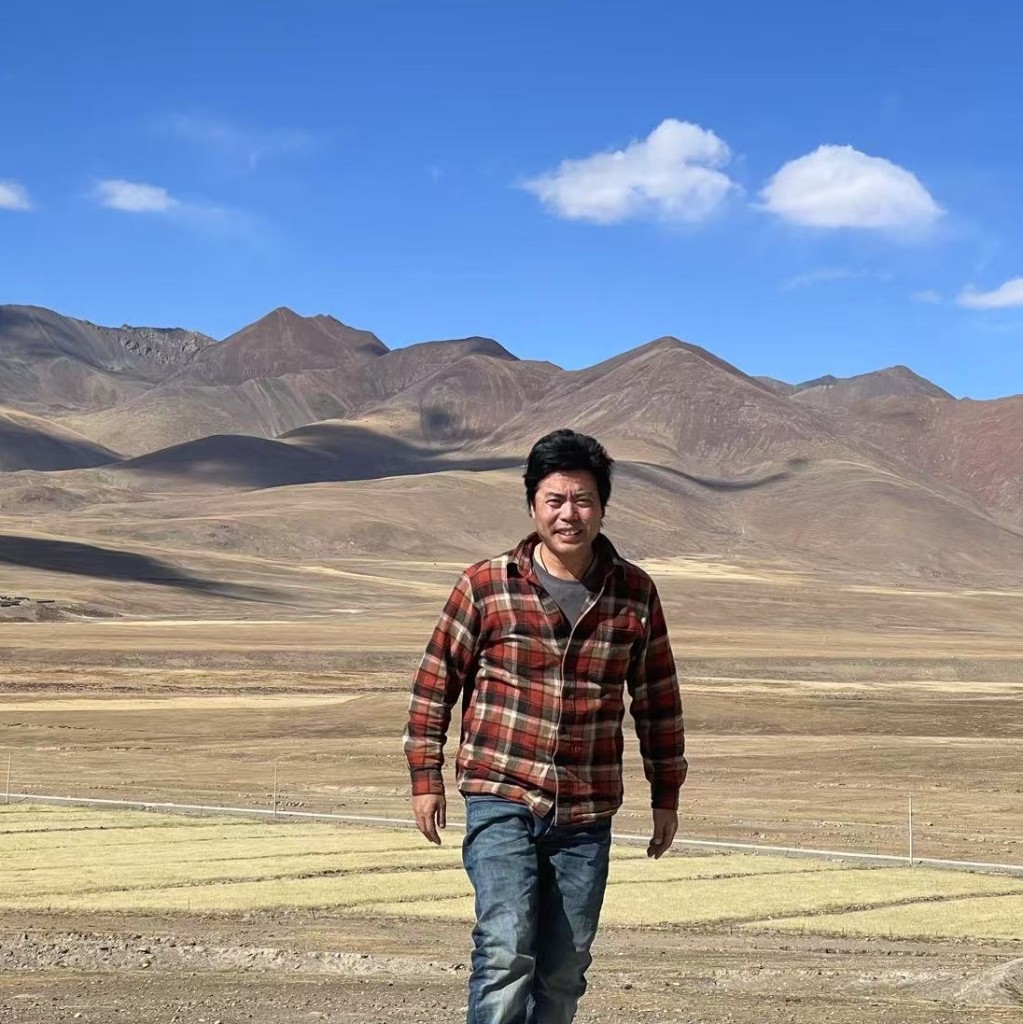Mount Everest Base Camp (EBC) ཇོ་མོ་གླང་མ
Mount Everest is the highest mountain on Earth, standing at 8,848.86 meters (29,031.7 feet) above sea level. It lies on the border between Tibet (China) and Nepal, in the Himalayas.
Gyantse Monastery (དཔལ་འཁོར་ཆོས་སྡེ)
Gyantse Monastery, also known as Pelkor Chöde, is one of the most important and unique monasteries in Tibet. It is located in Gyantse town, between Lhasa and Shigatse, and is famous for its Kumbum Stupa, a masterpiece of Tibetan Buddhist art and architecture.
Drigung Til Monastery (འབྲི་གུང་ཏིལ)
Drigung Til Monastery is one of the most important monasteries in central Tibet and the head monastery of the Drigung Kagyu school of Tibetan Buddhism. It is located in the Drigung Valley, northeast of Lhasa, surrounded by dramatic mountains and high-altitude scenery.
Ramoche Temple
Ramoche Temple is one of the most important Buddhist temples in Lhasa, second in significance only to the Jokhang Temple. It is often called “the sister temple of Jokhang.”
Located in the northern part of central Lhasa, it is a key religious site connected to Tibetan Buddhism, history, and the life of Princess Wencheng.
Tridum Nunnery
Tridum Nunnery is a serene and sacred Buddhist site located in the Drigung Valley, about 140 kilometers northeast of Lhasa in Medro Gongkar County, Tibet. Nestled deep in the mountains at an altitude of around 4,300 meters (14,100 feet), the nunnery is renowned not only for its spiritual significance but also for its natural hot springs believed to have healing powers.
Reting Monastery
Reting Monastery is a historically significant monastery of the Gelug school of Tibetan Buddhism, located in Lhünzhub County, about 160 kilometers north of Lhasa in the Tibet Autonomous Region. It sits at an elevation of around 4,100 meters (13,450 feet) in the beautiful Reting Tsangpo Valley, surrounded by ancient juniper forests that are considered sacred.
- Nyetang Dolma Lhakhang—also known simply as Drolma Lhakhang—a historic Tara temple located in the Nyetang area about 30 km southwest of Lhasa along the old Lhasa–Tsetang road, just beyond a cliffside carving of Sakyamuni Buddha (~11 km).
- Norbulingka, which means “Jeweled Park” or “Treasure Garden” in Tibetan, is a historic summer palace of the Dalai Lamas. It is located about 3 kilometers southwest of the Potala Palace in Lhasa.
Tsurphu Monastery (Tibetan: མཚུར་ཕུ་དགོན་པ་) is the traditional seat of the Karmapa, the head of the Karma Kagyu lineage of Tibetan Buddhism. It is located approximately 65 kilometers northwest of Lhasa, nestled in a secluded valley at an altitude of 4,300 meters, surrounded by towering mountains!!!
Drak Yerpa is a place of deep peace, offering breathtaking views of the surrounding valley and peaks.
Ganden Monastery, also known as Ganden Namgyal Ling, is one of the most significant monasteries in Tibetan Buddhism. It was founded in 1409 by Je Tsongkhapa (1357–1419), the great reformer and founder of the Gelugpa(Yellow Hat) school. He passed away at Ganden in 1419, and his remains are enshrined in a sacred stupa at the site.


